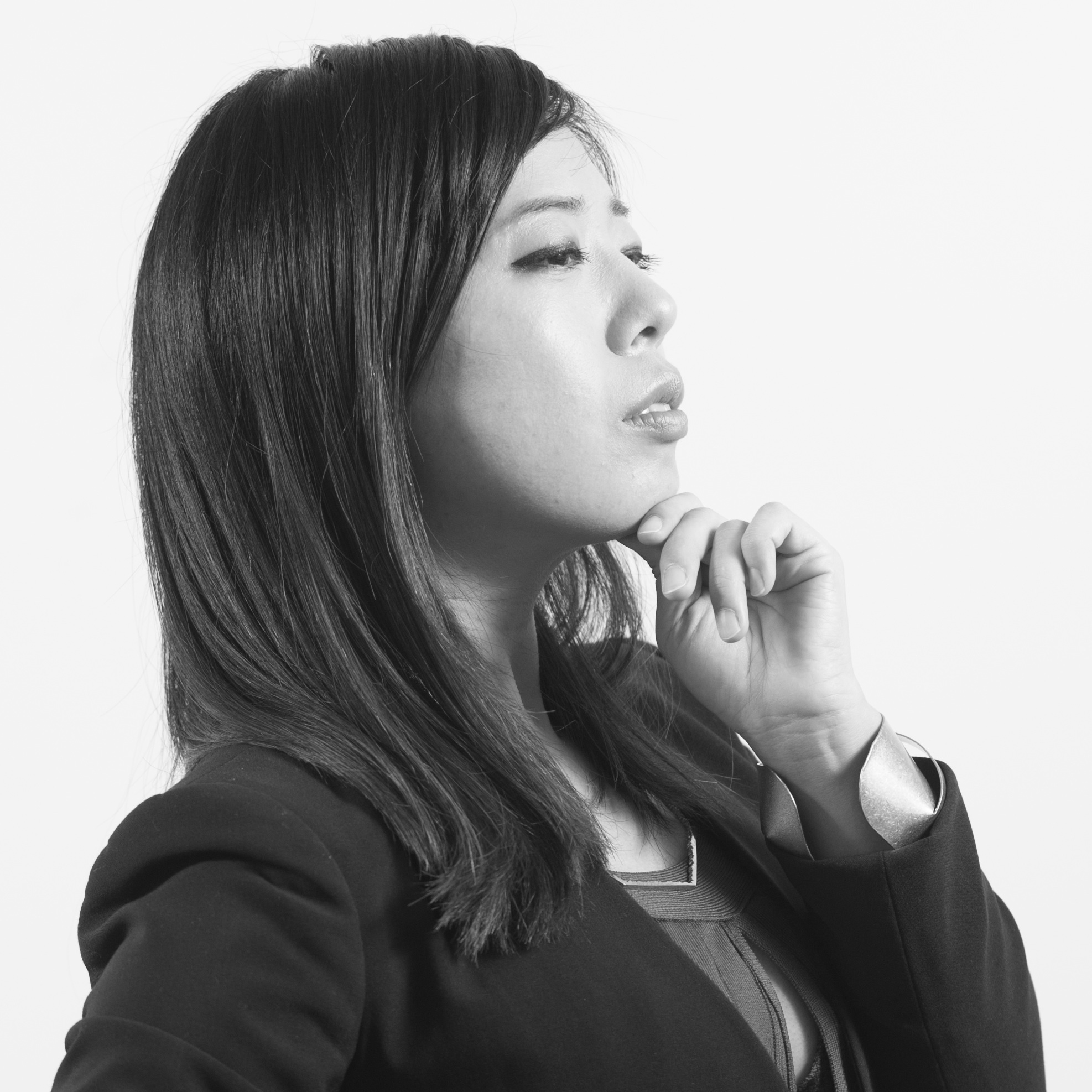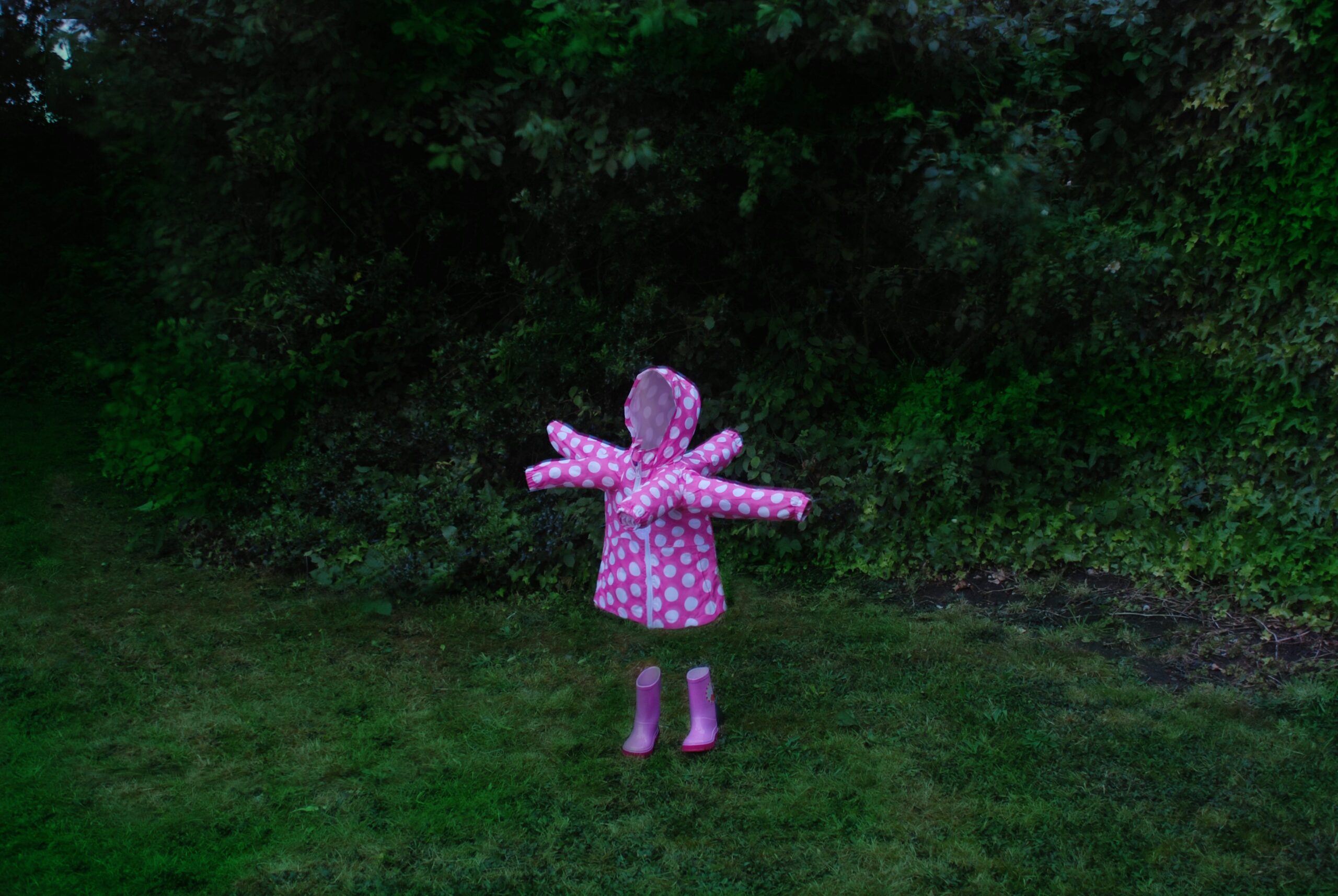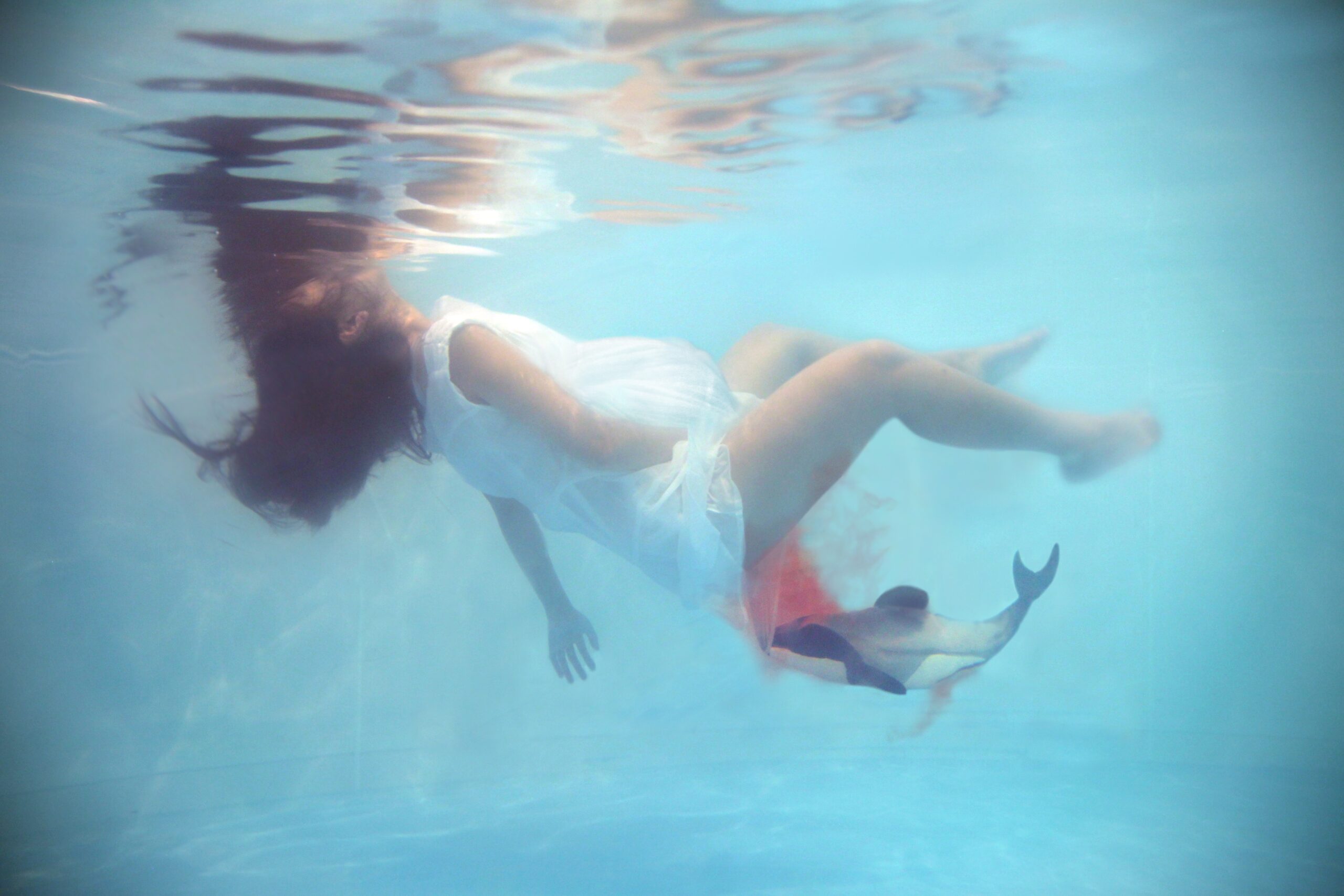Ai uses art and design to present a solution to the challenges encountered in our daily lives. At the same time, the solution itself questions our perception of living in this world. Ai graduated from the MA program at RCA (2012), got an MAS and worked as an assistant researcher at MIT Media Lab (2016). Ai has been working as a special researcher at the University of Tokyo since 2017. She published a design education book “Revolutionary20XX.

Works

(Im)possible Baby is a speculative design project which aims to stimulate discussions about the social, cultural and ethical implications of emerging biotechnologies that could enable same-sex couples to have their own, genetically related children. Delivering a baby from same-sex parents is starting to not look like a sci-fi dream anymore – recent developments in genetics and stem cell research, such as the achievements of scientists from Cambridge University in England and Israel’s Weizmann Institute of Science have made this dream much closer to reality. Jacob Hanna, the specialist leading the project’s Israeli arm, said it may be possible to use the technique to create a baby in just two years. “It has already caused interest from gay groups because of the possibility of making egg and sperm cells from parents of the same sex,” he said." Is creating a baby from same-sex parents the ethical thing to do? Who has the right to decide this, and how? This project aims to design and inspire debate about the bioethics of producing babies from same-sex couples. In this project, the DNA data of a lesbian couple was analyzed using 23andMe to simulate and visualize their potential children, and then we created a set of fictional, “what if" future family photos using this information to produce a hardcover album which was presented to the couple as a gift. To achieve more public outreach, we worked with the Japanese national television service, NHK, to create a 30-minute documentary film following the whole process, which aired in October 2015.

Shared baby is a new choice of family planning. Bring up a baby between more than 3 to 5 people. User can save money, time and share responsibility with their partners. Also, the baby has a wider gene pool. People can give more resources for your baby.

Humans are genetically predisposed to raise children as a way of passing on their genes to the next generation. For some, the struggle to raise a child in decent conditions is becoming harder due to gross overpopulation and an increasingly strained global environment.
This project approaches the problem of human reproduction in an age of overcrowding, overdevelopment and environmental crisis. With potential food shortages and a population of nearly seven billion people, would a woman consider incubating and giving birth to an endangered species such as a shark, tuna or dolphin? This project introduces the argument for giving birth to our food to satisfy our demands for nutrition and childbirth, and discusses some of the technical details of how this might be possible.
Would raising this animal as a child change its value so drastically that we would be unable to consume it because it would be imbued with the love of motherhood? The Maui’s dolphin has been chosen as the ideal ‘baby’ for this piece. It is one of the world’s rarest and smallest dolphins, classified critically endangered by the International Union for Conservation’s Red List of Threatened Species (version 2.3) because of the side effects of fishing activity by humans, its size (which closely matches the size of a human baby), and its high intelligence level and communication abilities.
I Wanna Deliver a Dolphin… imagines a point in the future, where humans will help this species by the advanced technology of synthetic biology. A ‘dolp-human placenta’ that allows a human female to deliver a dolphin is created, and thus humans can become a surrogate mother to endangered species. Furthermore, gourmets would be able to enjoy the luxury of eating a rare animal: an animal made by their own body, raising questions of the ownership of rare animal life, and life itself.